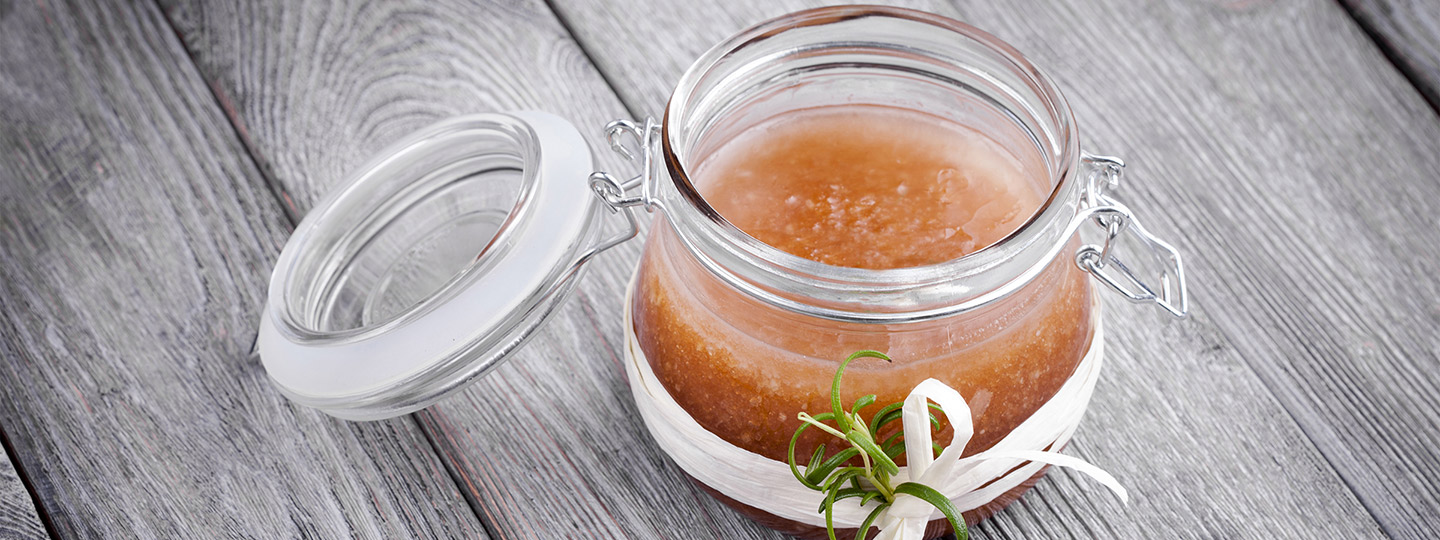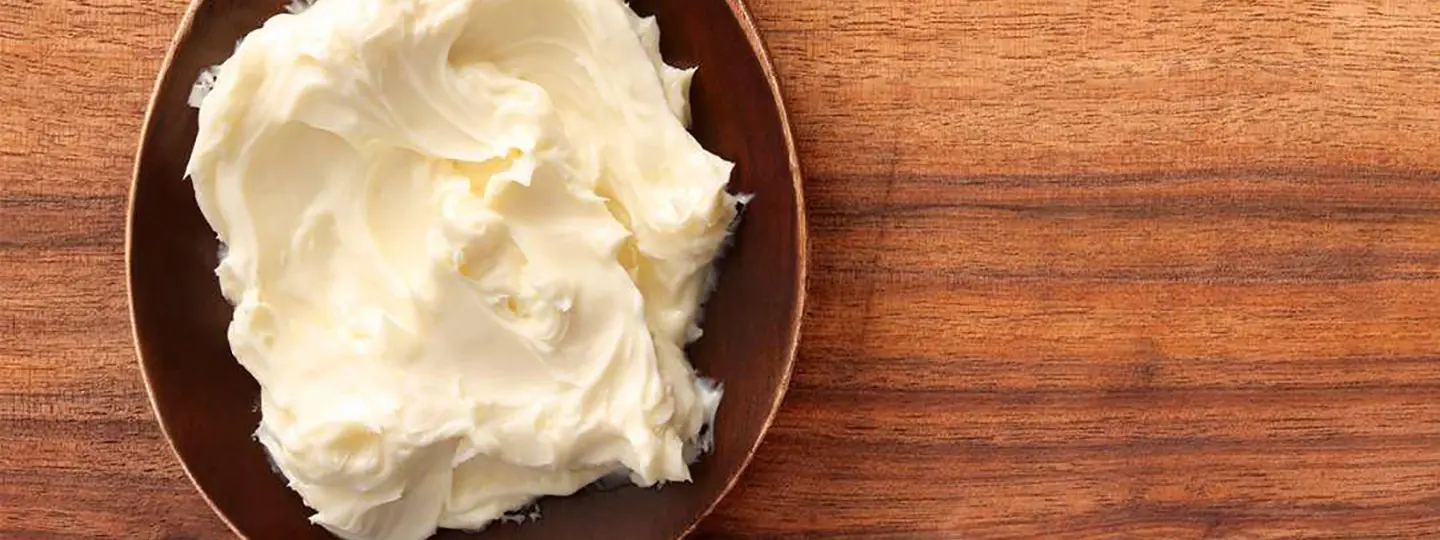More About Essential Oil Extraction Methods
Steam distillation and cold pressing
Essential Oils are mixtures of aromatic chemicals present in plant material such as leaves, buds, flowers, fruit, bark, root, or wood, and are comprised of various natural compounds including terpenes, acids, aldehydes, alcohols, esters, and ketones.
Nearly all essential oils are obtained using physical extraction methods, with most essential oils obtained through two processes; steam distillation of plant materials, and cold pressing of fruit peels. Very few of today’s natural essential oils are obtained using chemical solvent extractions, which are termed either “concretes” or “absolutes” and are identified as such on the label. This discussion will center on the physical processes of steam distillation and cold pressing.
Steam distillation is a three-step process comprised of the following:
- The plant material is placed on a screen in a steam still. Steam from a boiler is introduced under the screen where the plant material is held. The steam vaporizes the essential oil in the plant material. Both steam and oil vapor rise to a condenser.
- The steam and oil are condensed to a liquid, and fed to a receiving vessel.
- The essential oil rises to the top of the liquid in the receiving vessel. It is separated from the condensed steam liquid (water or hydrosols). The water may be returned to the boiler and reboiled into steam.
Cold Pressing is a four-step process comprised of the following:
- The whole fruit is scarified, which means the peel or rind is mechanically pierced to open the sacs containing the essential oil.
- The whole fruit is then pressed, which squeezes out the juice and oil.
- The oil and juice, which contains the peel and other fruit solids, are centrifuged to separate the liquids and solids.
- The oil liquid layer is then separated from the juice liquid layer.
Further physical processing of either the steam distilled or cold pressed essential oils, such as filtering, winterizing, or distillation, may follow to clarify or rectify them by removing any debris, waxes, etc.
No chemical solvents
In no instance is the use of chemical solvents permitted for products labeled as pure essential oils, nor are any chemical additives permitted to enhance (adulterate) the oils.
Most NOW® essential oils are produced utilizing steam distillation or cold pressing with no additional ingredients. We also sell a few essential oil blends, which are clearly labeled as diluted with additional oils.
The processing information is courtesy of the Guenther Essential Oils Compendium Vols. I – VI, Polarome, Amrita, Organic Ingredients, and Ungerer & Company.













